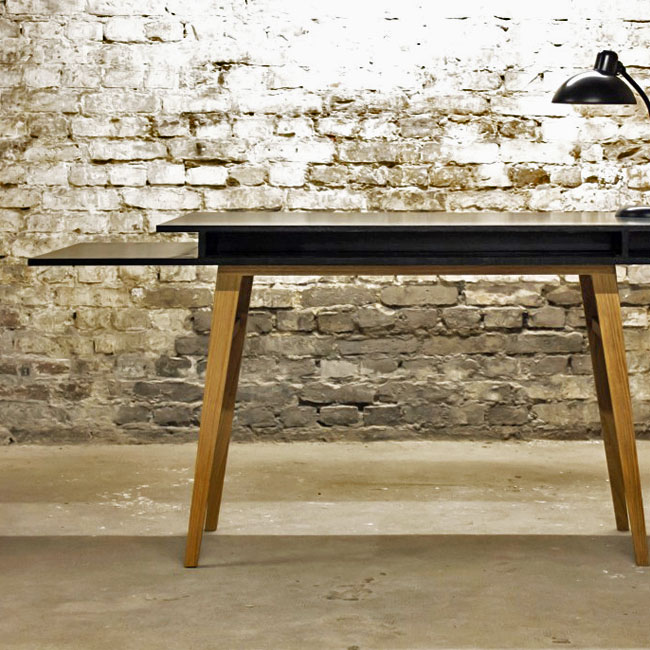Melbourne Furniture Project by Sigurd Larsen
Danish architect Sigurd Larsen draws upon travel memories for his new desert-inspired furniture collection

by Ikechukwu Onyewuenyi
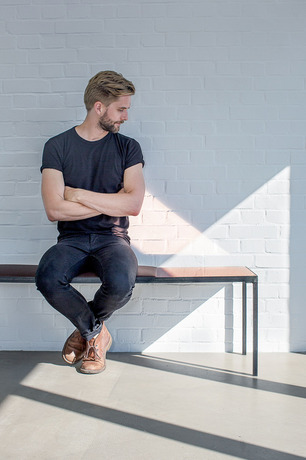
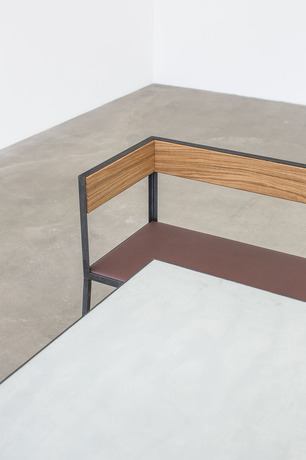
When MINI Australia tapped Berlin-based Sigurd Larsen to exhibit furniture as part of their temporary concept space, little did they know the Danish-born architect would translate his wanderlust memories of Australia’s deserts into the Melbourne Furniture Project. For this project, Larsen created a family of furniture, experimenting with materials that possess qualities that are a similitude of the continent’s rugged, sun-kissed terrain—enduring, malleable and full of possibility as they develop a rich patina over time.
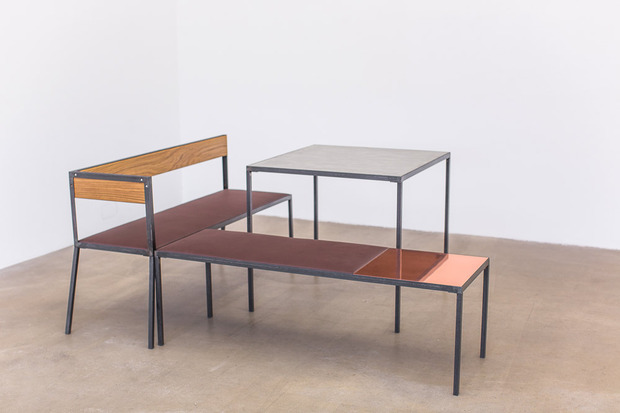
In crafting the corner benches, daybeds and sofa tables that make up the Melbourne collection, carefully considered materials—including brown leather, massive oak, concrete and copper—were juxtaposed in variable combinations atop standard square section steel frames. The varying hues of each material also help communicate this desert allegory, with Larsen recounting how colors and light shaped his memories from puDown Under: “I was in Australia 12 years ago, where I bought a car with some friends and drove through the desert. I remember being very impressed by how the red sand and dust effects the light. Everything seems more saturated and the sky more blue than anywhere else. Ever since then I wanted to go back. This collection afforded that opportunity.”

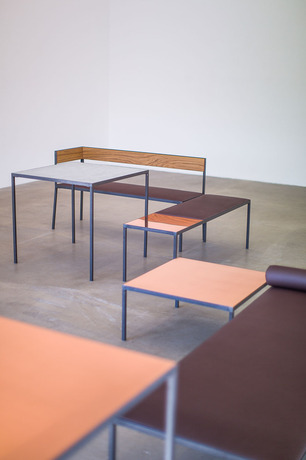
The barren desert landscape is also imbued in the Melbourne collection, with Larsen purposely keeping the black steel frame of the furniture thin, light and understated to emphasize the textural differences of the horizontal surfaces, which are impressed upon through touch. Indeed, the heirloom quality to the Melbourne collection starts with the materials. “It’s very much about the materials of the horizontal surfaces and how they change over time, so the legs and frames are as little designed and simple as possible,” Larsen notes. “Australians share the same high ambitions of environmental awareness as Scandinavians and there are many interesting ways of working with this topic.” This element of adaptability and sensitivity to surrounding is further played up by varying the dimensions of the furniture, which opens up the tables to various spaces and uses.
The Melbourne Project is currently showing at the MINI Paceman store in Melbourne, Australia. For additional information about each piece, visit Larsen online.
Photos by Georg Roske
